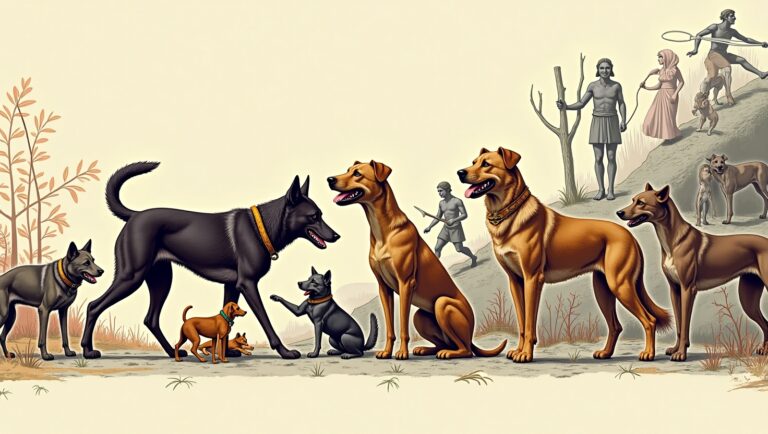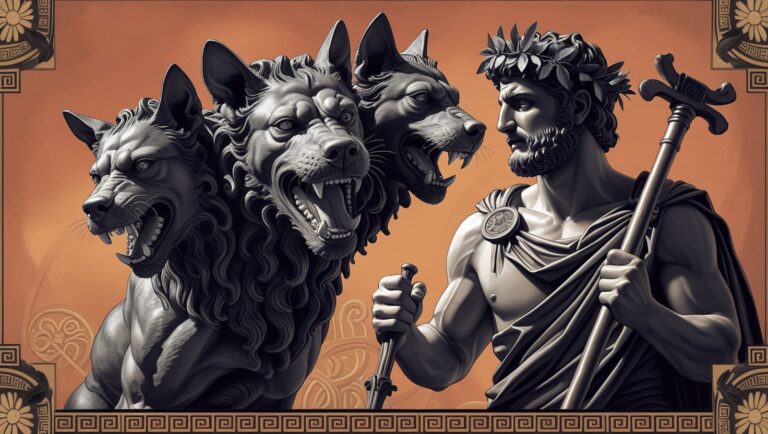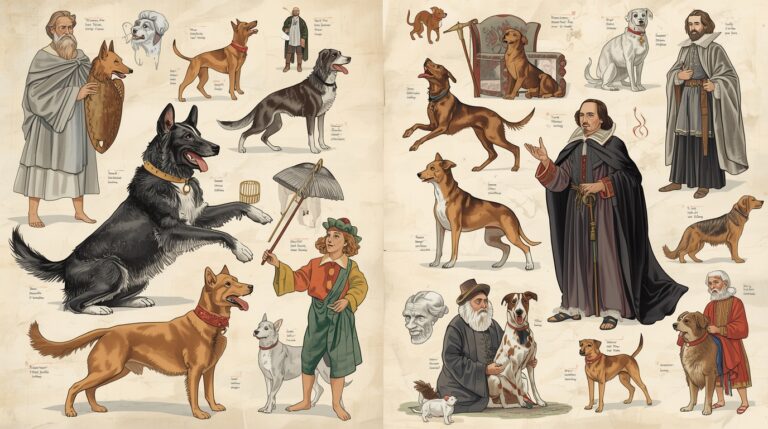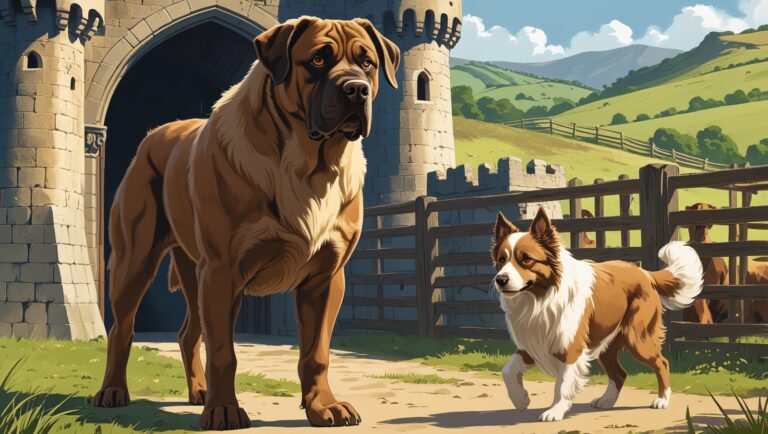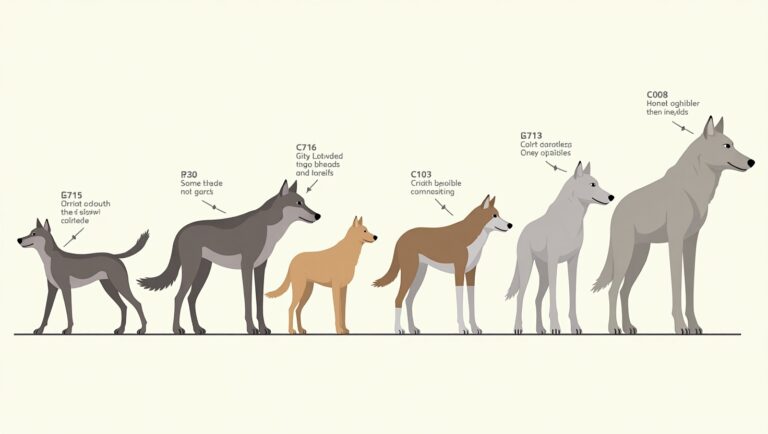Dogs in Monasteries and Religious Life
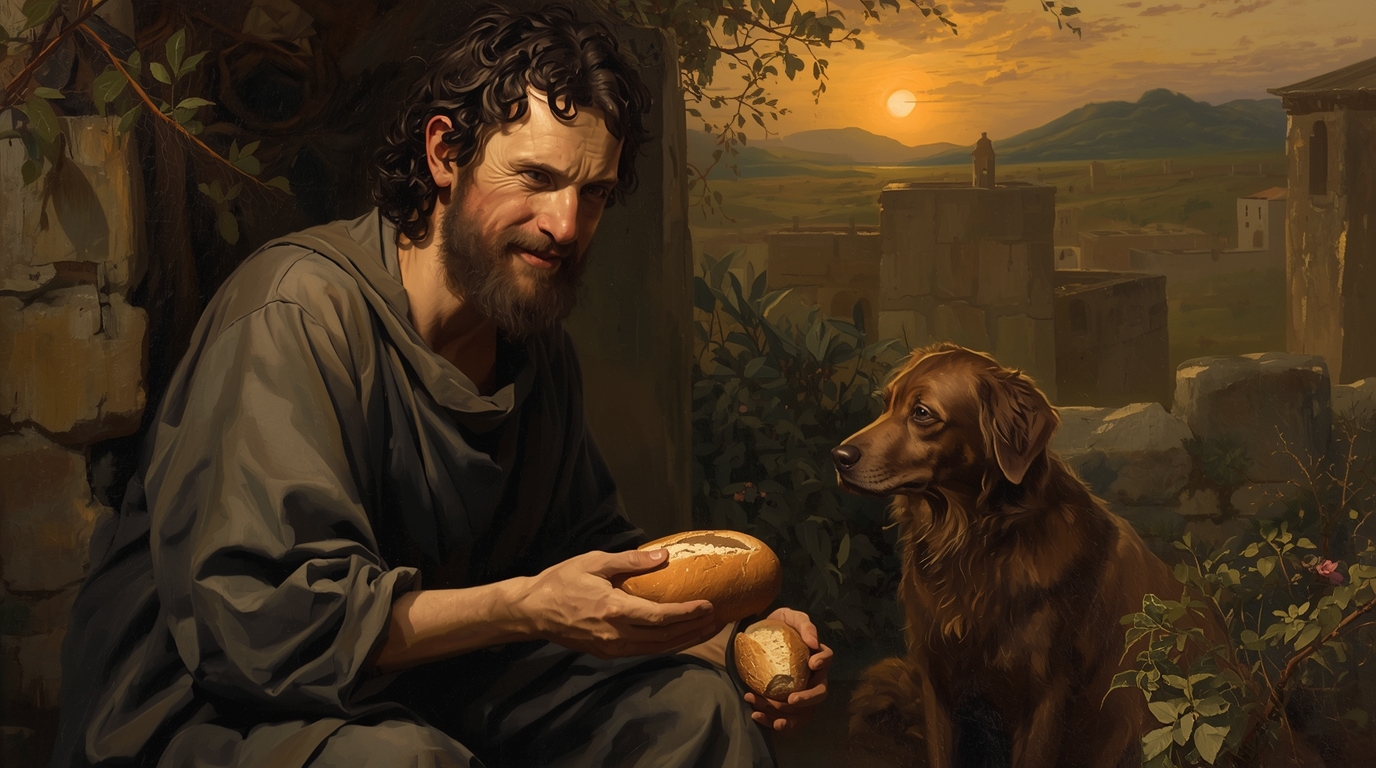
Introduction: The Spiritual Role of Dogs in Religious Spaces
Throughout history, dogs have occupied not only domestic and utilitarian roles but also profoundly spiritual functions. In monasteries, convents, and hermitages, dogs were more than mere animals—they served as protectors, companions, and even spiritual symbols.
From the healing dog of St. Roch to the fierce fidelity of monastic watchdogs, the relationship between religious life and dogs reflects a long-standing recognition of loyalty, service, and divine companionship.
Early Christian Attitudes Toward Animals
Early Church thinkers like St. Augustine and St. Thomas Aquinas viewed animals as part of God’s creation, subordinate to humans but worthy of ethical care.
While dogs were often symbolically linked to uncleanliness in some Biblical passages, their roles began to evolve in religious communities, especially when framed through virtues like loyalty, vigilance, and obedience.
Dogs in Monastic Daily Life
Monasteries often functioned as self-sufficient estates, with dogs serving practical roles:
- Guard dogs patrolled cloisters and fields.
- Herding dogs assisted in managing livestock.
- Hunting dogs provided food in rural orders.
In addition to labor, dogs offered security and emotional support in the otherwise austere monastic environment.
also read this Medieval and Renaissance Dog History
Benedictine Rule and Animal Companions
The Rule of St. Benedict, foundational to Western monasticism, emphasized silence, order, and prayer, but did not explicitly forbid animal companionship.
Historical records show that Benedictine monasteries tolerated the presence of dogs, particularly in gardens, kitchens, and farmland, where they assisted monks in daily tasks and guarded sacred spaces.
Dogs in Cistercian and Augustinian Monasteries
Cistercians, known for their strict observance, allowed working animals but discouraged emotional attachment. Dogs in Cistercian communities primarily served as livestock guards or field protectors.
Augustinian orders, which emphasized community service, were more flexible. Dogs sometimes accompanied monks on missions or guarded urban friaries in bustling towns.
Dogs and the Franciscans: Embracing All Creatures
St. Francis of Assisi, founder of the Franciscan Order, saw all animals as brothers and sisters in creation. He welcomed the presence of animals as living reflections of divine love.
Franciscan monasteries and friaries often treated dogs with reverence, viewing them as creatures worthy of kindness, respect, and even friendship.
St. Roch and the Miraculous Dog
One of the most famous associations between a saint and a dog is that of St. Roch (St. Rocco). According to legend:
- While suffering from the plague, St. Roch was saved by a dog who brought him bread and licked his wounds.
- The dog’s actions were seen as miraculous, leading to Roch’s recovery.
In art, St. Roch is always depicted with a dog, often with a loaf of bread in its mouth, symbolizing divine provision and healing.
St. Dominic and the Hound of God
The Dominican Order traces part of its symbolism to the Latin pun “Domini canes”, meaning “Dogs of the Lord”.
- St. Dominic’s mother dreamt of a dog holding a torch in its mouth, setting the world aflame—a symbol of the spread of faith.
- This vision inspired the Dominicans’ zealous preaching mission, and dogs became symbolic of doctrinal loyalty and evangelistic fire.
St. Hubert and Hunting Dogs in Religion
St. Hubert, the patron saint of hunters, also symbolizes the sanctified role of hunting dogs.
- His conversion involved a vision of a crucifix between a stag’s antlers during a hunt.
- Dogs associated with Hubert were believed to carry his blessing and were often used in ethically managed hunts.
His story reflects the balance between spiritual life and animal companionship in nature-based contemplation.
Dogs as Watchdogs and Guardians of Monasteries
Monasteries were often targets for raids, banditry, or wild animals, especially in isolated regions.
- Dogs were trained to patrol grounds, alert monks, and guard valuable relics or libraries.
- Some monasteries bred specific watchdog lines, creating early prototypes of working dog breeds.
Dogs as Emotional Companions to Monks and Nuns
Beyond protection, dogs provided solace to monks during illness, grief, or spiritual desolation.
- Letters and journals from monks in the 12th–14th centuries mention named dogs as companions during times of prayer or physical hardship.
- For elderly or infirm monks, dogs offered comfort and warmth, sometimes staying by their sides until death.
Dogs in Christian Art and Monastic Iconography
Dogs appear in illuminated manuscripts, altarpieces, and frescoes, often symbolizing:
- Fidelity: As in depictions of married saints or faithful servants.
- Watchfulness: Guarding sacred relics or spaces.
- Humility: Positioned beside barefoot monks or hermits.
These visual representations underscore dogs’ theological and metaphorical value in religious life.
Dogs in Monastic Literature
Monastic texts often include references to dogs in:
- Hagiographies: Lives of saints like St. Roch, St. Hubert, and St. Bernard.
- Moral allegories: Where dogs represent virtues such as fidelity, service, and vigilance.
- Spiritual treatises: Describing dogs as examples of loyal obedience to a master, analogous to the soul’s devotion to God.
Healing Dogs and Religious Miracles
Beyond St. Roch, other miracle accounts involve dogs aiding the sick or revealing divine will:
- Some monks believed dogs could sense spiritual evil, barking at the presence of demons.
- Dogs were included in healing rituals, especially in rural parishes, where their behavior was read as divine omen.
Dogs in Medieval Convents
Convents, especially those in rural areas, often had small dogs kept by nuns:
- For companionship during long hours of isolation.
- As guardians against unwanted visitors.
- As symbols of devotion, some nuns even wrote about their dogs in prayer journals.
Historical accounts from Bridgettine and Carmelite convents confirm their presence and emotional importance.
Dogs and Hermits: Companionship in Isolation
Hermits, especially those living in caves or forests, frequently had dogs:
- Dogs helped them hunt, guard their shelters, and provide emotional comfort.
- Some saints, like St. Giles, were known to live in total solitude with only a dog for companionship.
This echoes the Biblical theme of divine providence through animals.
Dogs in Eastern Christian Monasticism
In Eastern Orthodoxy, particularly on Mount Athos, monks have historically interacted with animals, including dogs.
- Though not pampered, dogs are fed, cared for, and sometimes regarded with quiet affection.
- Eastern theology emphasizes all creatures praising God, allowing for positive engagement with animals.
Rules, Restrictions, and Tolerances
Canon law sometimes discouraged animals in chapels or choirs, but exceptions existed:
- Service dogs, herding dogs, or guard dogs were tolerated.
- Some abbots enforced strict separation, while others permitted quiet, well-trained animals within cloisters.
These policies varied by order, geography, and period.
Dogs in Pilgrimage Culture
Pilgrims often traveled with dogs for:
- Protection from thieves and wild animals.
- Companionship during long journeys.
- Symbolic fidelity, echoing Biblical themes of the faithful follower.
Some pilgrimage badges from Canterbury and Santiago de Compostela even include dog motifs.
Relics, Patronage, and Dog Blessings
The tradition of blessing animals, especially on St. Francis’s feast day, has roots in medieval practices.
- Dogs were blessed for health and loyalty.
- Relics of saints associated with dogs were carried by hunters and peasants seeking protection.
In some regions, dogs wore blessed collars inscribed with sacred invocations.
Conclusion: Dogs as Spiritual Symbols of Faith, Loyalty, and Healing
Dogs in monasteries and religious life embodied the very virtues monastic orders sought to cultivate: faithfulness, vigilance, humility, and compassion.Whether as working animals, spiritual metaphors, or miraculous companions, dogs earned a revered place within the religious imagination—proving that even in the most austere sacred spaces, there was room for love, loyalty, and the warmth of a faithful friend.
